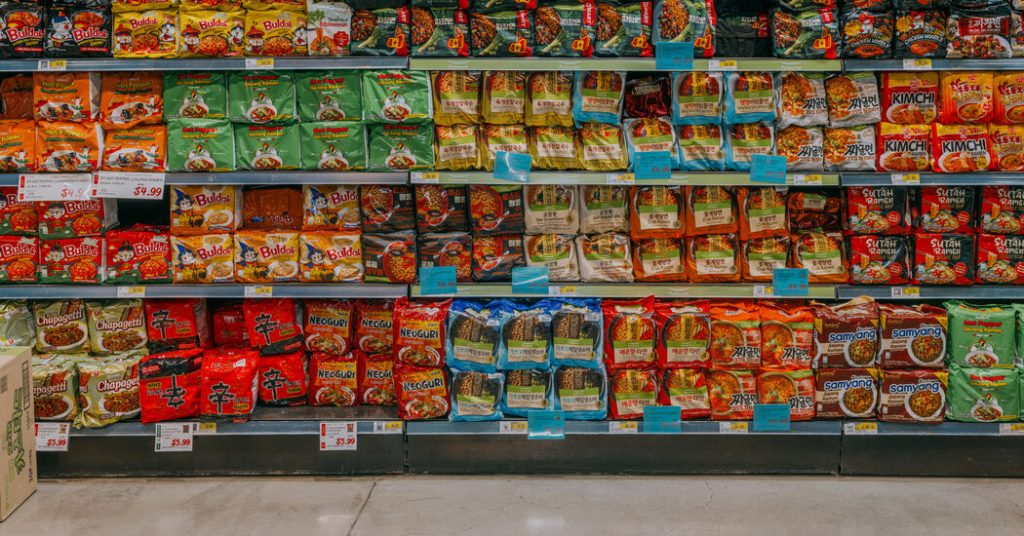Asian American grocery stores have seen a significant shift in popularity and scale over the past few decades. Once small mom-and-pop shops catering to Asian immigrant communities, these stores have now transformed into sleek, chain establishments with a nationwide presence. H Mart, Patel Brothers, and 99 Ranch Market are some of the prominent names in the Asian grocery business, offering a wide range of products that appeal to a diverse customer base. The popularity of Asian flavors and ingredients has soared in the United States, with sales in the “Asian/ethnic aisle” growing significantly faster than overall sales.
These Asian grocery stores play a crucial role in mainstreaming Asian flavors and ingredients, influencing which products are stocked by big-box retailers. They make authentic, culturally specific ingredients accessible to a wider audience, leading to their adoption as pantry staples in many households. While Asian American grocers only represent a small percentage of the total grocery industry, they have a significant impact on shaping consumer preferences and trends. Non-Asian customers now make up a substantial portion of the clientele at these stores, prompting changes in marketing strategies and store layouts to attract and retain a diverse customer base.
Despite their expansion and adaptation to changing demographics, Asian American grocers continue to prioritize serving their original communities. The sense of authenticity and connection to heritage remains a key aspect of their appeal, attracting both Asian and non-Asian customers alike. For many customers, visiting an Asian grocery store evokes a feeling of being at home, surrounded by familiar sights, sounds, and smells. These stores serve as cultural hubs and gathering places, where customers can socialize, explore new foods, and connect with their roots.
The growth of Asian grocery stores has also paved the way for more specialized, regionalized establishments catering to specific Asian cuisines and communities. Second-generation Asian Americans are now opening their own niche grocery stores, building on the foundation established by larger chains like 99 Ranch. Despite the changes and expansions within the industry, many customers still hold a deep nostalgia for the original, community-oriented stores that were integral to their childhoods or early immigrant experiences. These stores continue to serve as important social spaces and cultural touchstones for many Asian Americans.
The influx of non-Asian customers into these spaces has been largely embraced by both customers and store owners. Many non-Asian customers find joy and inspiration in exploring the diverse range of foods and ingredients available at Asian grocery stores. The increased visibility and popularity of these stores have also empowered recipe developers and cookbook authors to incorporate traditional Asian ingredients into their creations. Overall, Asian grocery stores have become more than just places to buy groceries – they are cultural hubs that celebrate diversity, heritage, and community, shaping American popular culture in the process.


